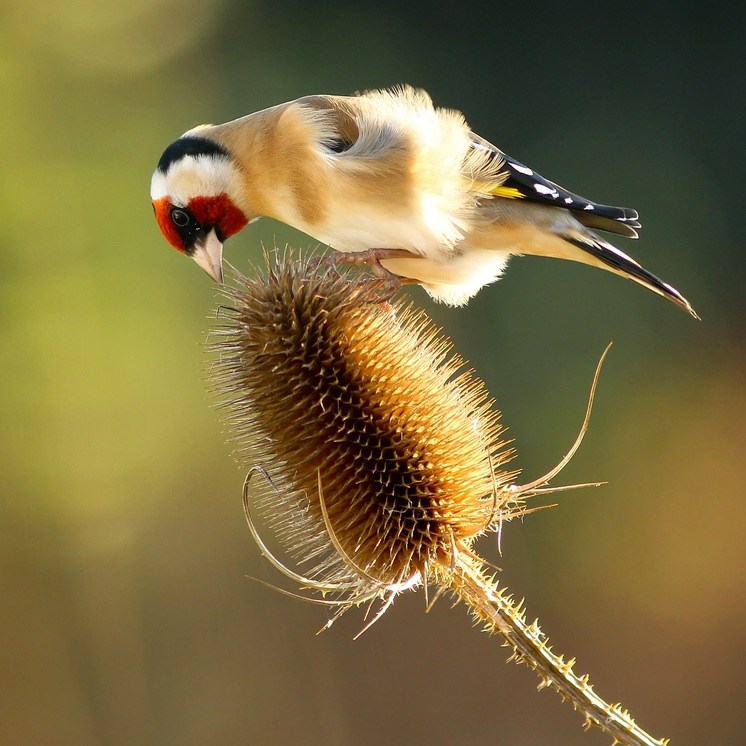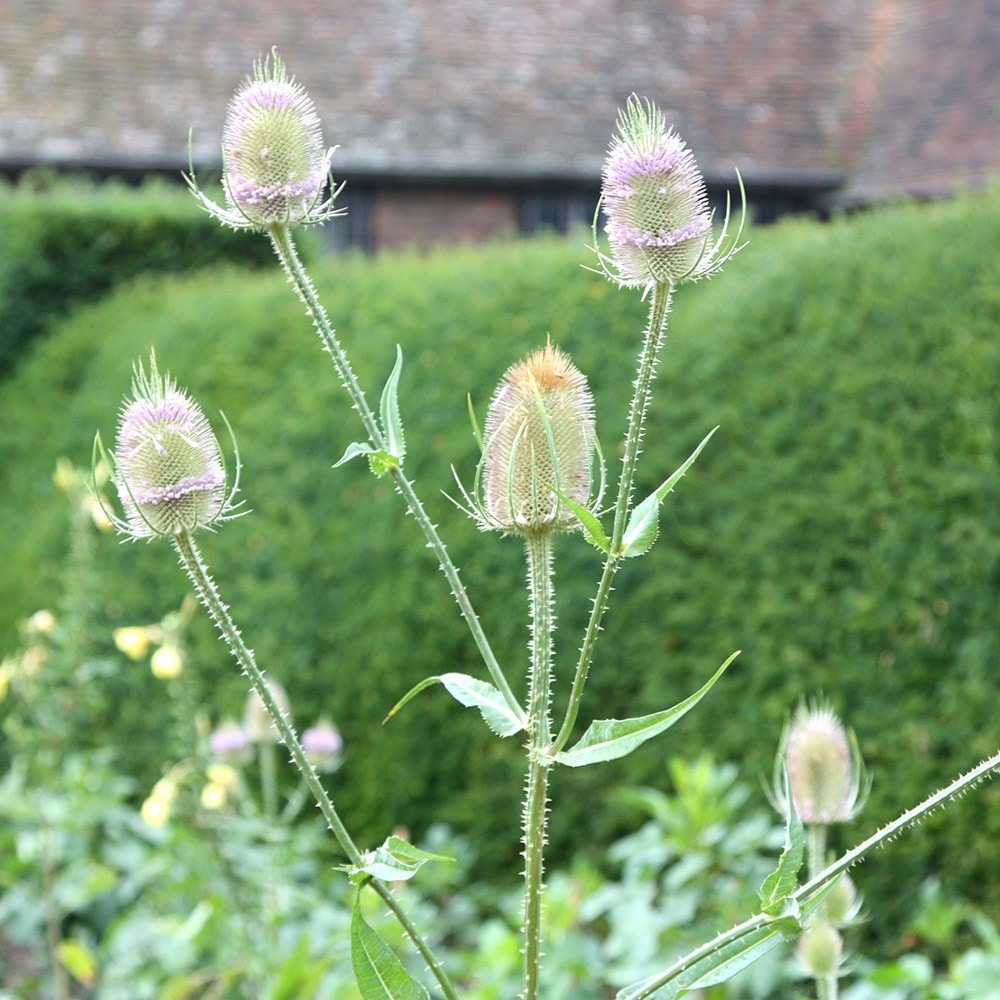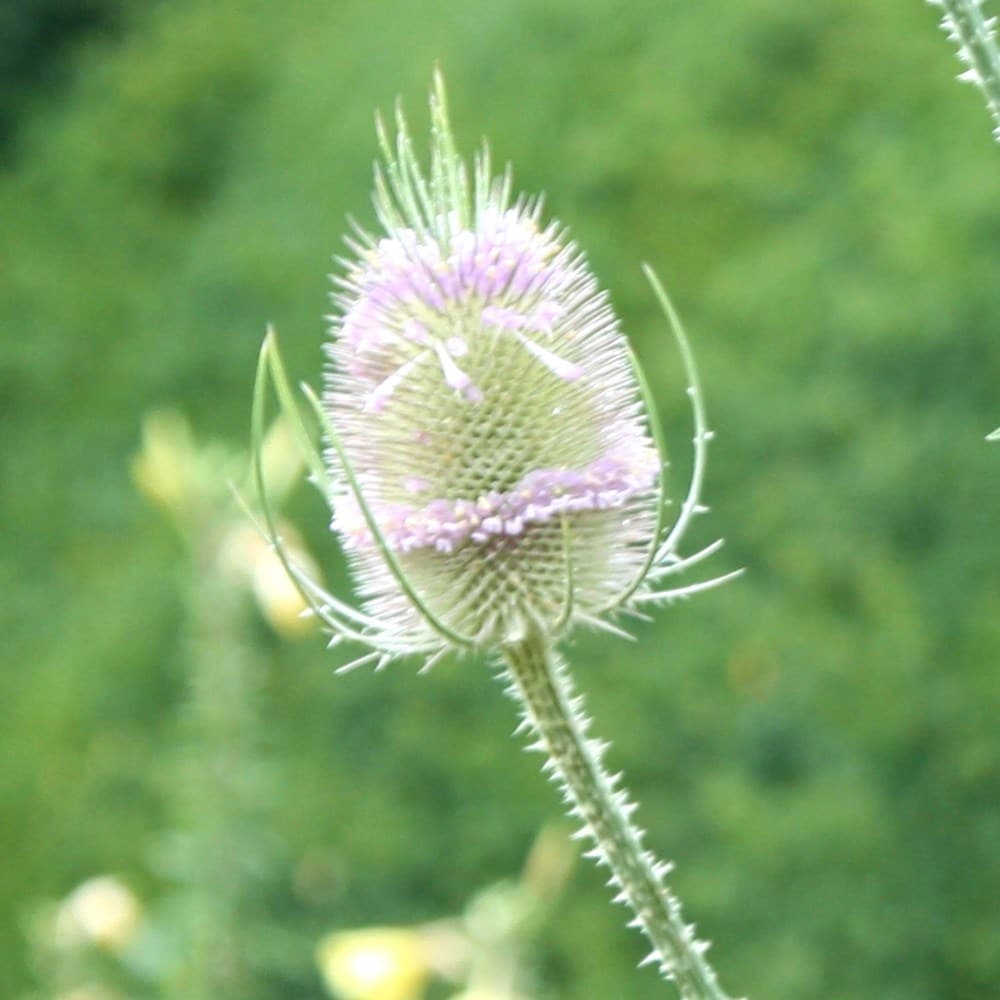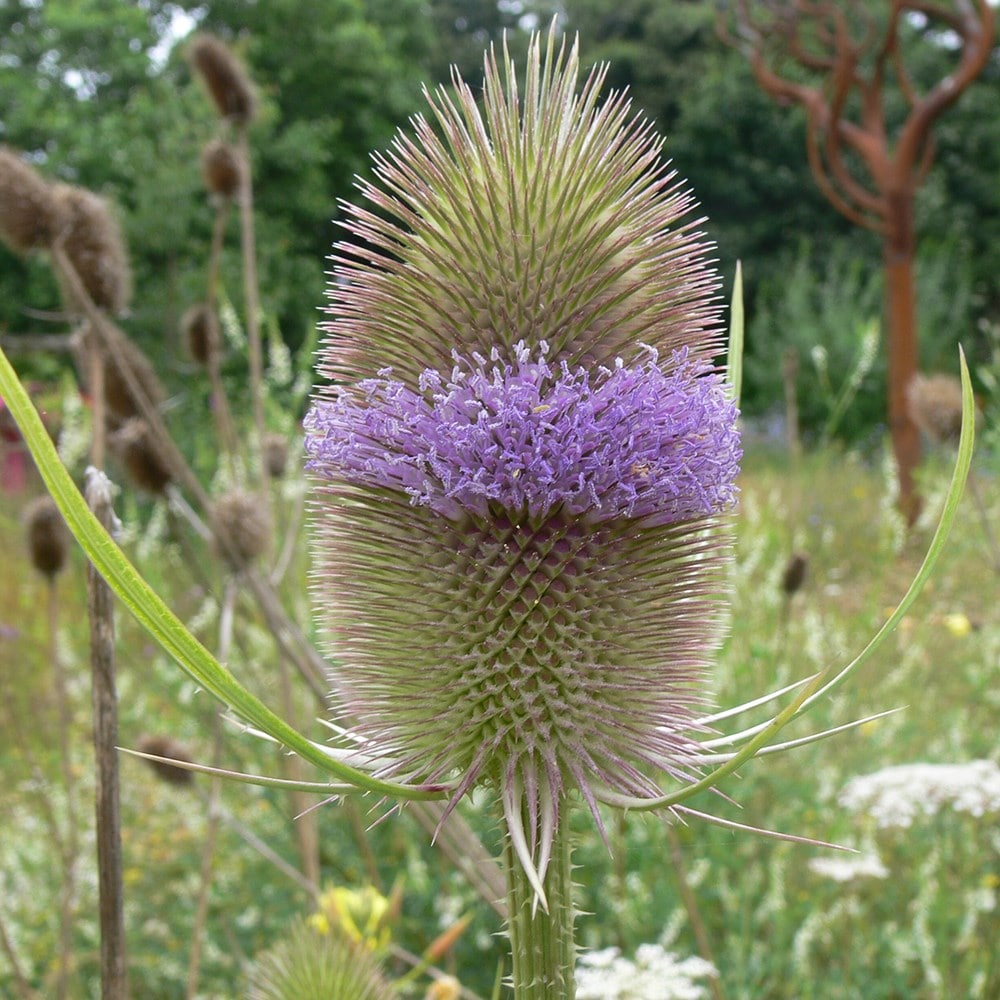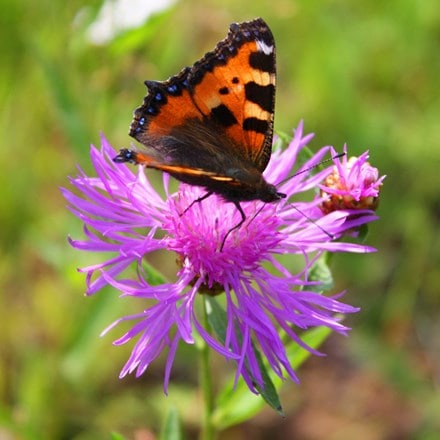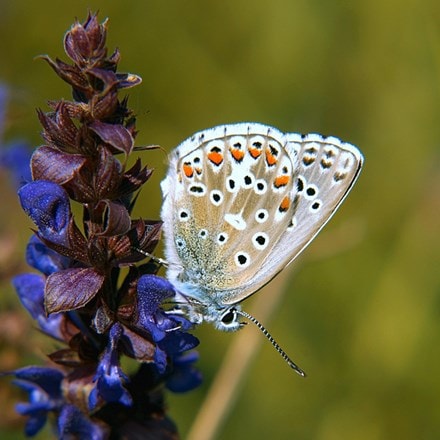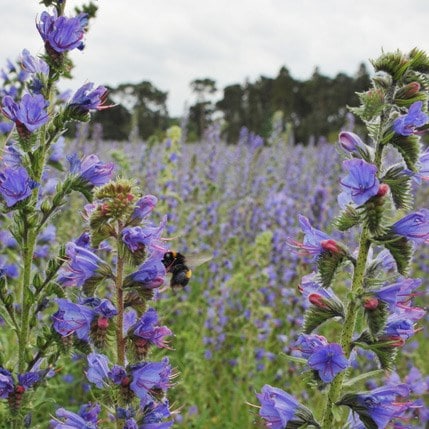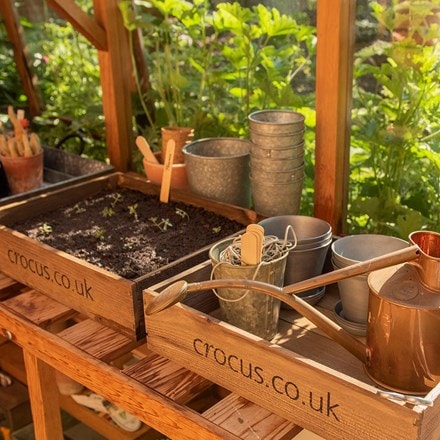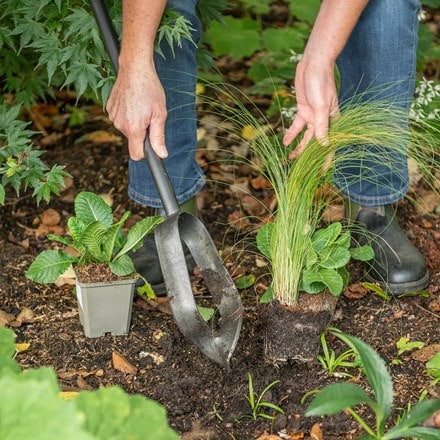Dipsacus fullonum
teasel
- 9cm pot
- £7.99
- In stock (shipped within 3-5 working days)
- 3 × 9cm pots
- £18.99 £6.33 each
- In stock (shipped within 3-5 working days)
- 6 × 9cm pots
- £34.99 £5.83 each
- In stock (shipped within 3-5 working days)
- approx 150 seeds
- £2.54 £2.99
- In stock (shipped within 2-3 working days)
Delivery options
- Standard £5.99
- Position: full sun or partial shade
- Soil: moderately fertile, moist, well-drained soil
- Rate of growth: average
- Flowering period: July to August
- Hardiness: fully hardy (but short-lived)
This much-loved biennial teasel produces rose-purple or white thistle-like flowerheads, which top the long stems in July and August. It adds a structural element to planting, and is perfect for a sunny wildflower border or wildlife garden where it will act as a magnet to bees and goldfinches, which love to feast on the seedheads.
These handsome seedheads also dry really well, so will make handsome additions to everlasting arrangements in the home. Commonly known as teasel, its name refers to the spiny heads that were once used for raising or 'teasing out' the nap on fabrics.
These handsome seedheads also dry really well, so will make handsome additions to everlasting arrangements in the home. Commonly known as teasel, its name refers to the spiny heads that were once used for raising or 'teasing out' the nap on fabrics.
Dipsacus fullonum prefers moist but well-drained soil. Forms a rosette in its first year and flowers in its second before dying back. Water well to establish and keep well watered in dry spells.
Gather flower heads in mid- to late summer for dried arrangements, but leave some to feed birds such as goldfinches and to scatter seed for next year’s seedlings. Cut back dead stems in late winter, or leave them standing for extra winter interest.
Gather flower heads in mid- to late summer for dried arrangements, but leave some to feed birds such as goldfinches and to scatter seed for next year’s seedlings. Cut back dead stems in late winter, or leave them standing for extra winter interest.
Direct-sow shallowly in spring into a well-prepared bed and when the seedlings start to appear, thin to 30cm intervals. Alternatively, start them off in trays and harden off before planting out. Keep well watered. These plants self-seed freely, which is great if you have a large area to colonise. If you do not want more, cut back the plants before they set seed.
